Dokyo, Japan’s Most Notorious Villain?
Ever since the reign of Emperor Jinmu, for many centuries Japan’s capital was Nara. However, in 784, they completely abandoned Nara and moved far north to Kyoto, never to return. The immediate question here is why did they move the capital? Of course, they are several complicated issues here, but a monk by the name of Dokyo was one of the biggest reasons.
Before Dokyo: Fujiwara no Nakamaro and Empress Koken
First let us talk about Dokyo’s biggest rival, Fujiwara no Nakamaro.
After the Four Fujiwara Four Brothers died, hope seemed lost for the future of the Fujiwara clan; until Fujiwara Nakamaro. With careful planning, he eliminated many of his political rivals by using the influence of Empress Komyo, the wife of Emperor Shomu.
However, there was a problem; Emperor Shomu and Empress Komyo lost their only son, Prince Motoi. Completely at a loss, Emperor Shomu made his daughter empress, Empress Koken. Though in order to maintain the male bloodline, she could not marry or have children. During her reign, one of her most trusted advisers was Fujiwara no Nakamaro.

Fujiwara no Nakamaro also had a good relationship with Emperor Junnin, Empress Koken’s successor. Emperor Junnin probably felt like he owed Nakamaro a lot since he supported Junnin to be emperor.
As Nakamaro continued to enjoy his work with Emperor Junnin, he spent less and less time with the former empress. Completely alone, Empress Koken became morose.
Dokyo and Empress Koken
While Koken was sick in bed, a monk frequently came to offer her prayers. This monk was none other was Dokyo. Much about him still remains a mystery, other than we know for sure that he is from the Kawachi region of Osaka. Miraculously, his prayers seemed to cure Koken. As it would happen, but because of all the time they’d spent together and that they were roughly around the same age (around 40), they fell in love.
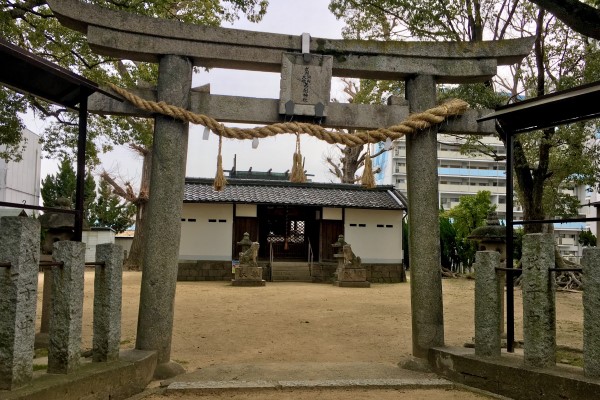
After their love grew, Dokyo gained increasingly important positions of power. Since Dokyo soon reached such a high-rank position that Fujiwara no Nakamaro could no longer ignore him. Nakamaro advised Emperor Koken to not be hasty with Dokyo, but his advice enraged Koken.
She became so angry that she forced Emperor Junnin from his position and managed to reclaim her former title as ruling empress under the name Empress Shotoku. Naturally, Nakamaro and Emperor Junnin went to war over this, but Nakamaro ended up captured and then executed, while Emperor Junnin was exiled to Awaji Island.
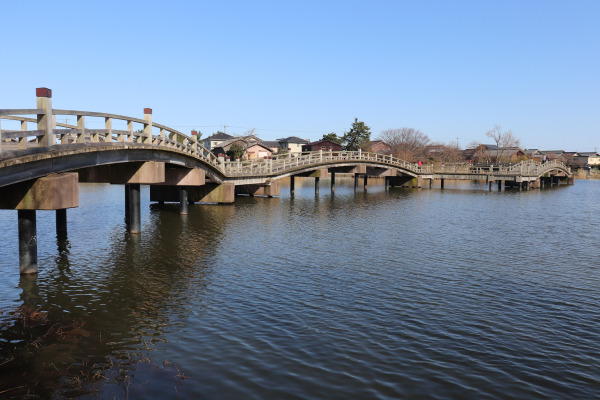
After the war, Empress Shotoku and Dokyo went to Dokyo’s home of Kawachi as if they were on a honeymoon. There, she appointed him dajodaijin [太政大臣] the highest rank in the government (second to the emperor) and then the highest position for a monk. It seemed only a matter of time before he would become emperor himself.
The Hachiman Cult and the Dokyo Indcident
In 769, a priest at Usa Hachimangu Shrine priest, and Dokyo’s brother no less, rushed to the capital, insisting that the Hachiman gods told him that the world would be peaceful if Dokyo became emperor. While Empress Shotoku was overjoyed, everybody else was quite suspicious. In order to quell suspicions, she sent one of her most trustworthy members of the court, Wake no Kiyomaro, to the Usa shrine to confirm the vision.
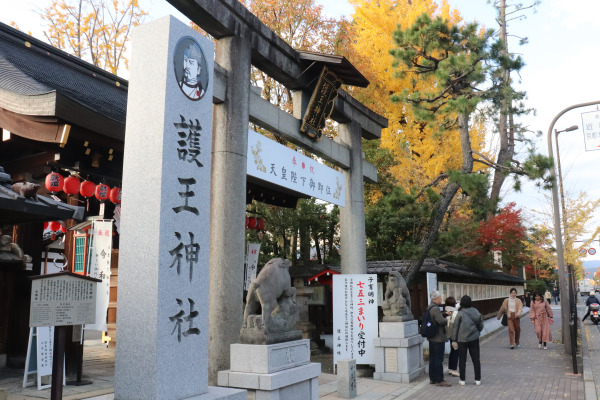
Much to the disappointment of Empress Shotoku, Kiyomaro also had a vision while in Usa, but this vision declared that the bloodline of the emperor is already determined; the throne belongs only to those of imperial blood. Upon hearing this, Empress Shotoku got so mad that she demoted Wake no Kiyomaro.
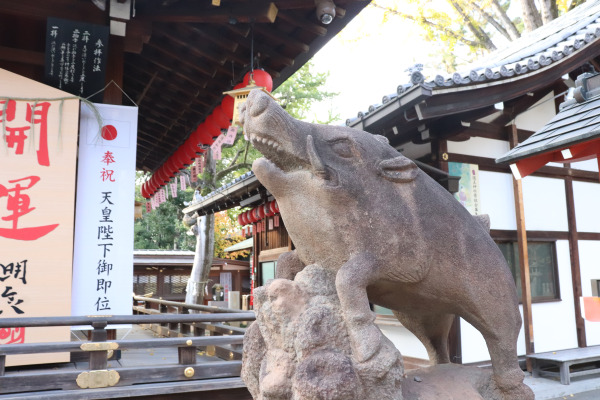
However, Emperor Shotoku’s love for Dokyo didn’t change. They frequented Kawachi together where they had splendid parties and other luxuries. They even made a huge palace in Kawachi with a large temple called Yuge Temple. However, after several trips to Kawachi, Empress Shotoku became ill and soon passed away in 770.
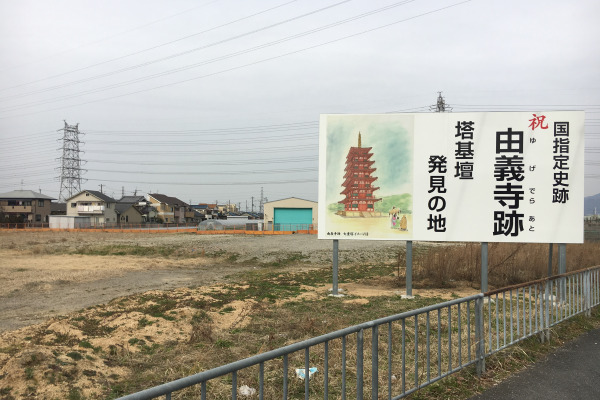
Farewell, Nara
After the death of Empress Shotoku, Dokyo lost all his supporters and was exiled to Shimotsuke (currently Tochigi). Dokyo died two years later, though no one knows what happened exactly to him. Also, anyone exiled because of Dokyo was able to return to Nara safely and Empress Shotoku’s very distant cousin became Emperor Kanmu.
During his reign, Emperor Kanmu realized that the whole Dokyo incident was just a part of a much bigger problem. The monks of Nara had gained too much power and held considerable sway over many political matters. In order to escape their influence the capital moved from Nara to Kyoto, leaving the powerful temples of Nara safely behind. Finally, in 794 the court moved to Heian-kyo in Kyoto, never to return to Nara.
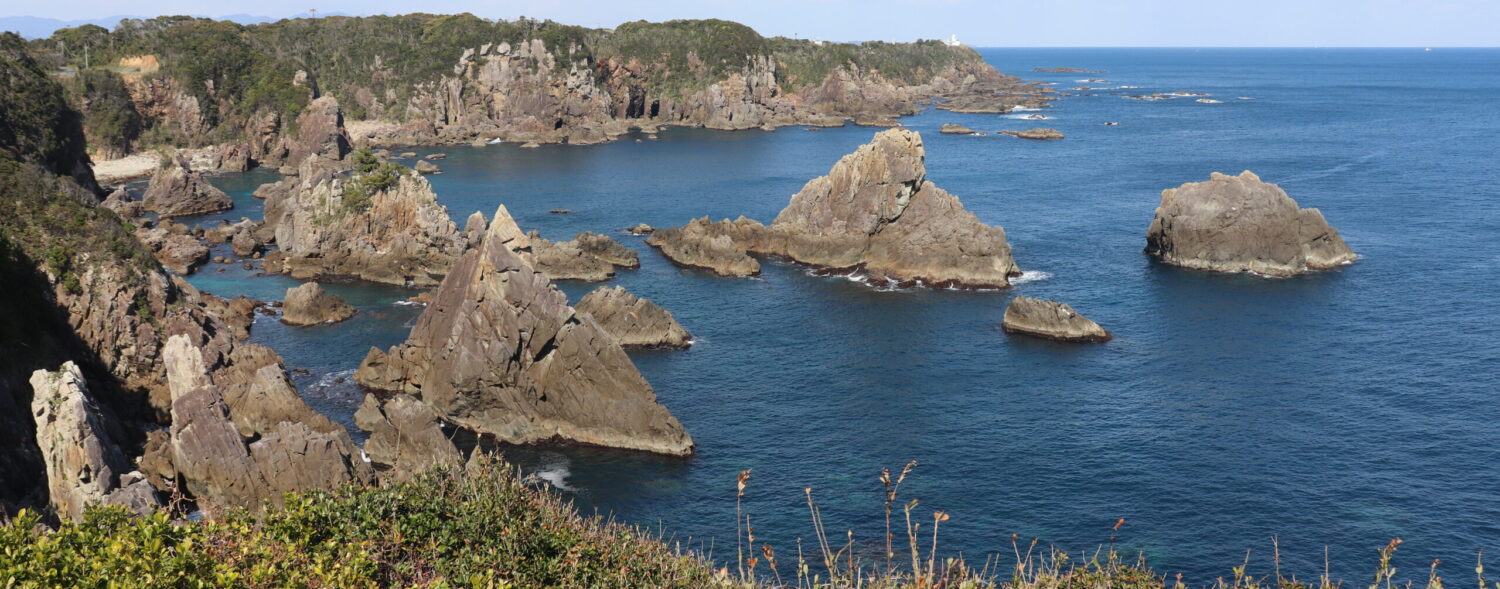
Leave a Reply